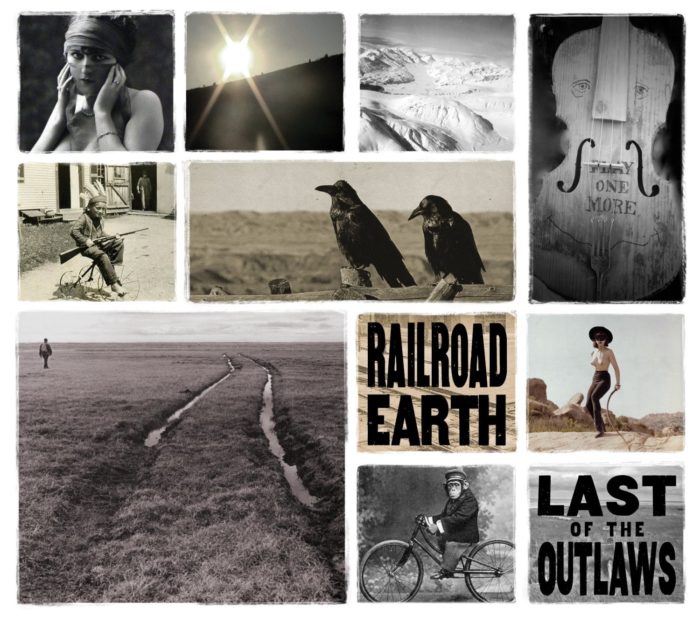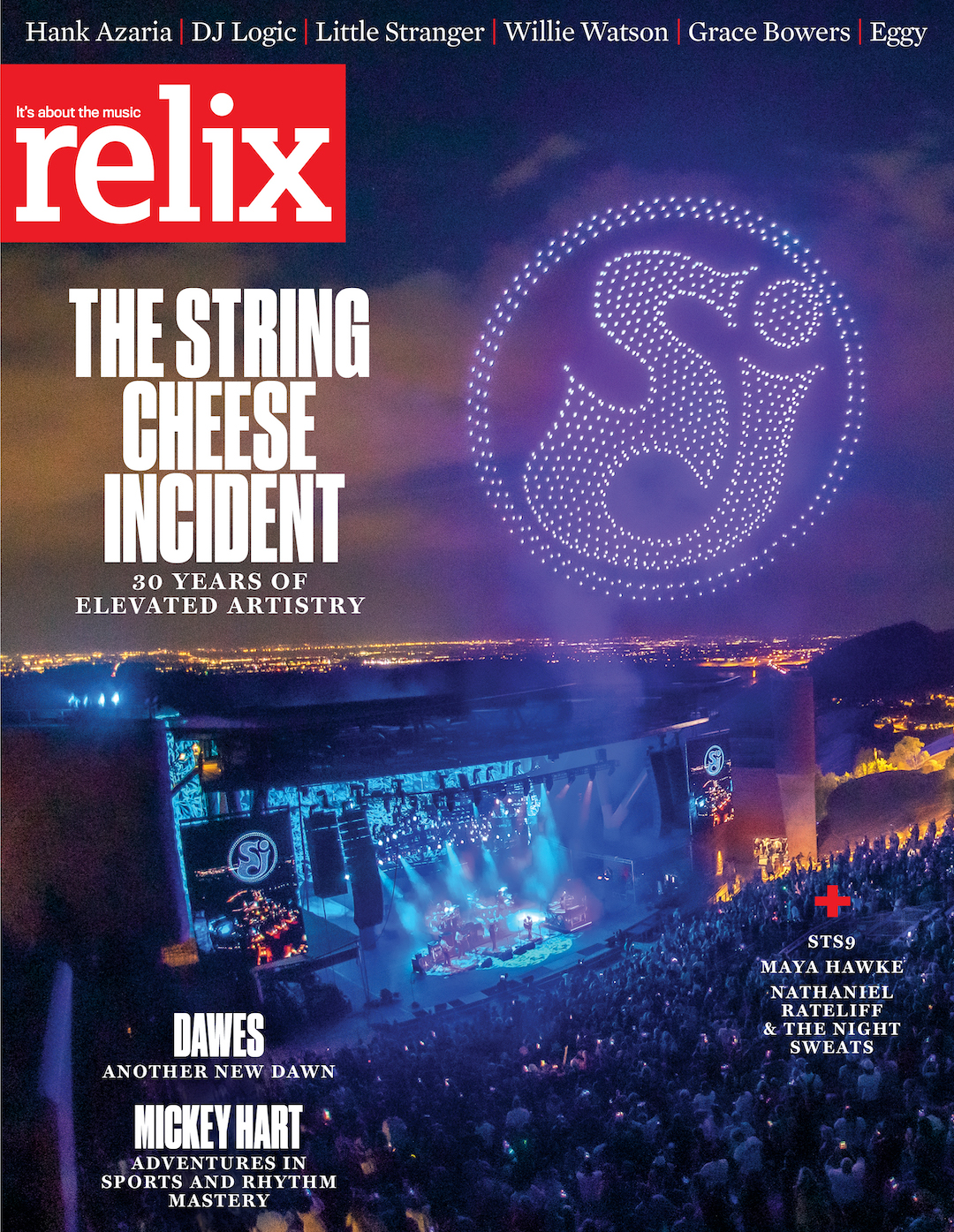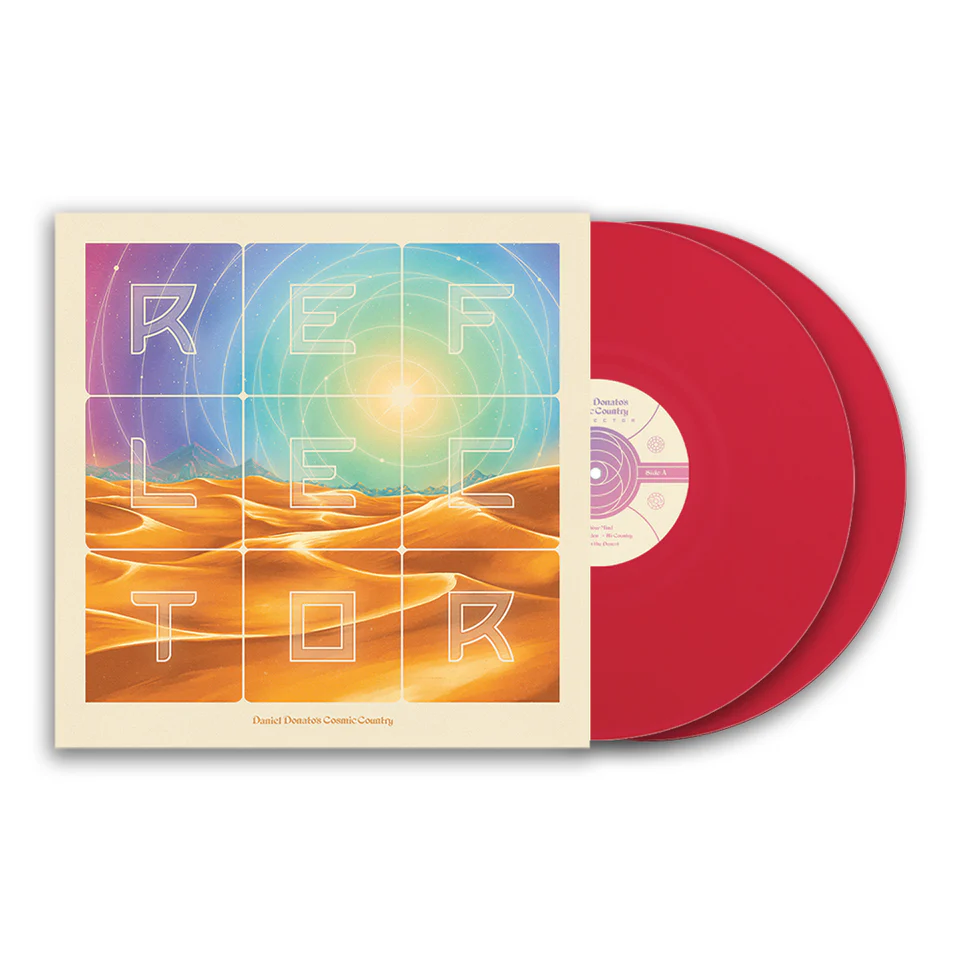Railroad Earth: Last of the Outlaws
In the center of Railroad Earth’s seventh album, Last of the Outlaws, the band unleashes a beast. The 21-minute, multi-part, string-band symphony “All That’s Dead May Live Again/Face with a Hole” may become Railroad Earth’s identifying recording—the moment where they laugh in the faces of the critics who’ve lazily dubbed them the “folk-pop-Celtic-bluegrass-roots-and-rock act from Jersey.” The piece finds this sextet beautifully, seamlessly weaving through distinct movements and melodies that cover the gamut of styles and emotions—like The Decemberists’ The Hazards of Love, but more focused. They’re bravely staring down a storm in the whipping third movement before a blissful, meditative, piano-led calm takes over in the fourth, and an uplifting chant marches through the fifth and sixth.
Is it impossible to pin down? That’s the point. Recorded in a private home studio in rural New Jersey, Railroad Earth’s first new album in three years plays into the band’s strengths: long songs, rich harmonies, layer upon layer of acoustic picking and elastic electric, Tim Carbone’s truly gnarly fiddle and big, bright choruses. The album opens on a classic Railroad Earth note: the big-smile, anything-is-possible sing-along “Chasin’ A Rainbow.” But the energy quickly dips on the slow-creeping title track—which could’ve been shuffled to the back, or forgotten altogether. Thankfully, “Grandfather Mountain” brings us back with a gorgeous, swirling ode to the “oldest eyes upon the planet, watching ages come and go.”
It’s a perfect segue into that 21-minute juggernaut, and the band emerges on the other side with “Monkey,” which hits like a string-band cover of the best song that Jackson Browne never wrote. The soaring “When the Sun Gets in Your Blood” is all road-tripping, open-sky glory. As Todd Sheaffer crows, “When the sun gets in your blood…People everywhere will seek out all your love,” his light is infectious. With straightforward shuffles like “One More Night on the Road” or “Hangtown Ball” bookending the album’s more experimental material, Railroad Earth ensure that both classicists and let’s-get-weird listeners can find something to dig into.
But it’s the more ambitious material that really impresses: When electric guitar cracks the sky in the sixth movement, or when they shift from stomping rock to the piece’s whispered finale, Railroad Earth is so much more than “folk-pop-Celtic-bluegrass-roots-and-rock”—if that ever seemed possible.




















